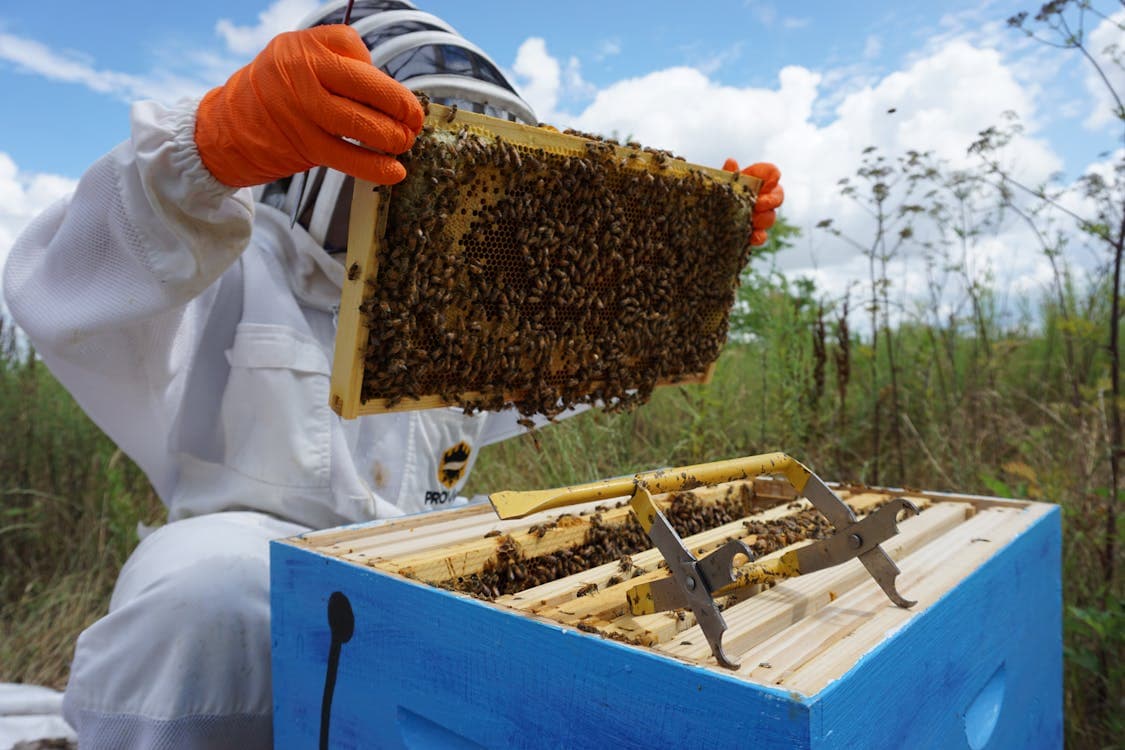5 Hive Design Innovations Transforming Beekeeping in 2024
Beekeeping has evolved significantly over the years, with technological advancements and innovative designs leading the way in transforming how beekeepers manage hives, protect bees, and harvest honey. In 2024, several groundbreaking hive design innovations are set to revolutionize the beekeeping industry. These innovations not only aim to improve honey production but also focus on the health and well-being of the bee colonies. Let's explore the top five hive design innovations that are making waves in the beekeeping world this year.
1. Smart Hive Monitoring Systems
Smart hive technology has taken a giant leap forward in 2024, with systems now capable of monitoring hive health in real-time. These systems use sensors to track temperature, humidity, hive weight, and even bee activity levels. This data is transmitted to a smartphone or computer, allowing beekeepers to monitor their hives remotely. Early detection of issues such as mite infestations or diseases can be life-saving for bee colonies, making smart hive monitoring systems a game-changer in beekeeping.
2. Flow Hive 2.0
The original Flow Hive made harvesting honey easier and less stressful for bees. In 2024, the Flow Hive 2.0 takes this innovation further with improved design and functionality. This new version features a more robust construction, better ventilation, and an upgraded harvesting mechanism, making the process even smoother and more efficient. The Flow Hive 2.0 allows beekeepers to harvest honey without opening the hive, significantly reducing the stress on the bees.
3. Solar-Powered Hive Heaters
Maintaining the right temperature inside the hive is crucial, especially in colder climates. Solar-powered hive heaters have emerged as an eco-friendly solution to this challenge. These devices absorb solar energy during the day and convert it into heat at night, ensuring the hive remains at an optimal temperature. This innovation not only helps in reducing winter mortality rates but also promotes healthier bee colonies by preventing the spread of diseases that can occur in cold conditions.
4. Hive Scale Networks
Hive scales have been around for a while, but in 2024, the integration of these scales into networks has revolutionized their utility. By connecting multiple hive scales to a central system, beekeepers can compare data across different hives and locations. This collective data can help identify patterns, track productivity, and even predict future yields. Hive scale networks also play a crucial role in research, contributing valuable data to studies on bee health and behavior.
5. Biodegradable Hive Frames
Sustainability is a growing concern in beekeeping, leading to the development of biodegradable hive frames. Made from eco-friendly materials, these frames are designed to decompose naturally after their lifecycle, reducing the environmental impact of beekeeping. In addition to being sustainable, these frames are also lighter and easier to handle, making hive management more efficient.
Conclusion
The beekeeping industry is buzzing with innovation, and these five hive design advancements are just the tip of the iceberg. From smart monitoring systems to sustainable hive components, 2024 is set to be a transformative year for beekeepers and bees alike. Embracing these innovations can lead to healthier bee colonies, more efficient honey production, and a brighter future for beekeeping.
